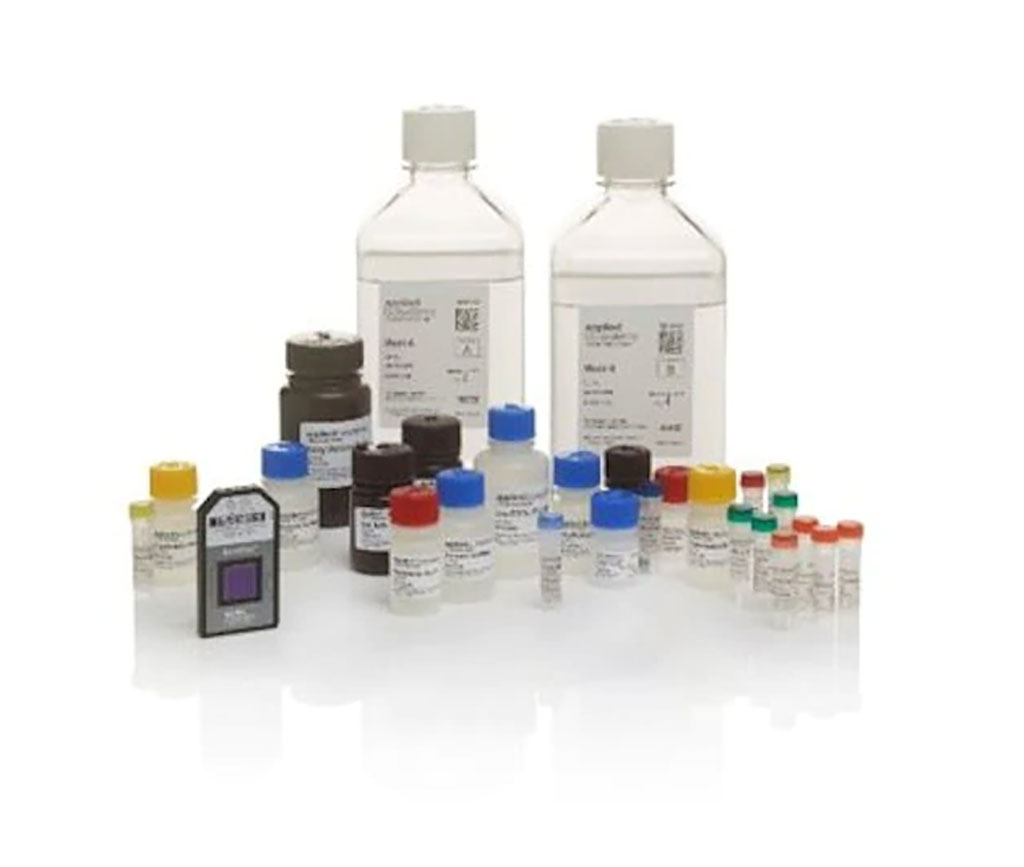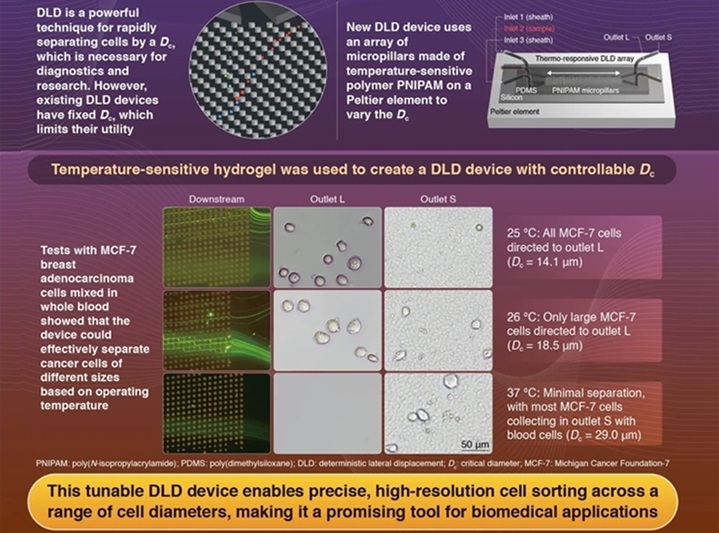Molecular Profiling Identifies High-Risk Subtype of Pediatric Liver Cancer
Posted on 01 Jun 2022
Hepatoblastoma (HB) and hepatocellular carcinoma (HCC) are the most common primary liver malignancies in children, adolescents, and young adults. HB is usually diagnosed in young children and has shown an unequivocal rise in incidence, representing the pediatric cancer with the highest average annual percent increase in incidence over the past three decades.
HCCs are more commonly seen in adolescents and young adults. When diagnosed in children, HCCs are often associated with underlying genetic, metabolic, and inflammatory liver conditions. HB and HCC clinical presentations, treatment options, and outcomes differ dramatically, with 5-year overall survival rates near 70% for HB and 30% for HCC patients.

Pediatricians at Baylor College of Medicine (Houston, TX, USA) and their associates tested whether these histological features are associated with genetic alterations, cancer-gene dysregulation, and outcomes. Namely, they compared the molecular features of hepatocellular neoplasm not otherwise specified (HCN NOS), including copy number alterations, mutations, and gene-expression profiles, with those in other pediatric hepatocellular neoplasms, including, HBs and HCCs, as well as HBs demonstrating focal atypia or pleomorphism (HB FPAs), and HBs diagnosed in children older than 8 years.
Histological reviews of glass slides from all cases. including diagnostic biopsies, resection, transplant, and metastases samples, were performed by three pathologists who confirmed the features in the original reports and selected representative areas of tumor most suitable for molecular testing. Genome-wide copy numbers were estimated using DNA isolated from formalin-fixed paraffin-embedded (FFPE) tumor tissue (39 cases) using the OncoScan FFPE Assay Kit and OncoScan Console 1.3 (Affymetrix, Santa Clara, CA, USA), and data were analyzed by Affymetrix CHAS 3.1 and OncoScan Nexus Copy Number 7.5 after BWA alignment to GRCh37/hg19.
The team profiled the gene expression of 37 FFPE HB samples using the nCounter PanCancer Pathways Panel (NanoString, Seattle, WA, USA) which includes 800 probes against cancer genes and 30 HB-specific genes. The investigators reported that molecular profiles of HCN NOSs and HB FPAs revealed common underlying biological features that were previously observed in HCCs. Consequently, they designated these tumor types collectively as HBs with HCC features (HBCs) and outlined histological and molecular characteristics for their classification. Chromosome-1q gains were the most frequent genetic event in our high-risk cancer cohort and were detected in nearly 90% of HCN NOSs and HB FPAs. Genes with expression profiles that were significantly correlated with their CNA profiles included THEM4, EFNA1, H3F3A, IL6R, and MDM4.
The authors concluded that histological features seen in HBCs are associated with combined HB and HCC molecular features that HBCs have poor outcomes irrespective of patient age, and that transplanted HBCs are more likely to have good outcomes than HBCs that are treated with chemotherapy and surgery alone. These findings highlight the importance of molecular testing and early therapeutic intervention for aggressive childhood hepatocellular neoplasms. The study was published on May 13, 2022 in the Journal of Hepatology.
Related Links:
Baylor College of Medicine
Affymetrix
NanoString














